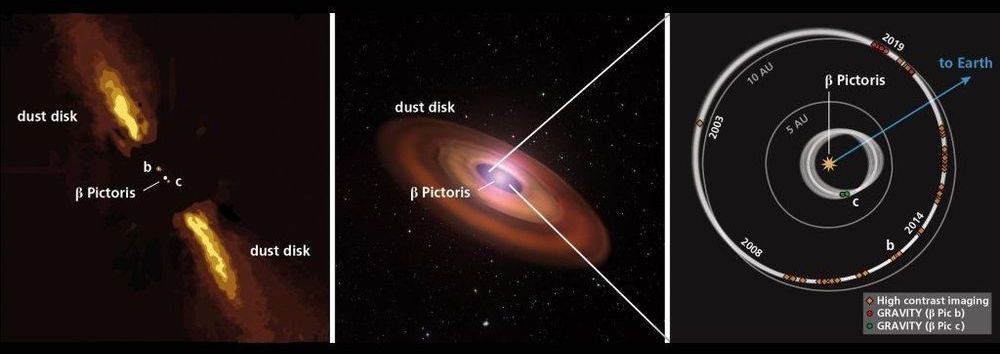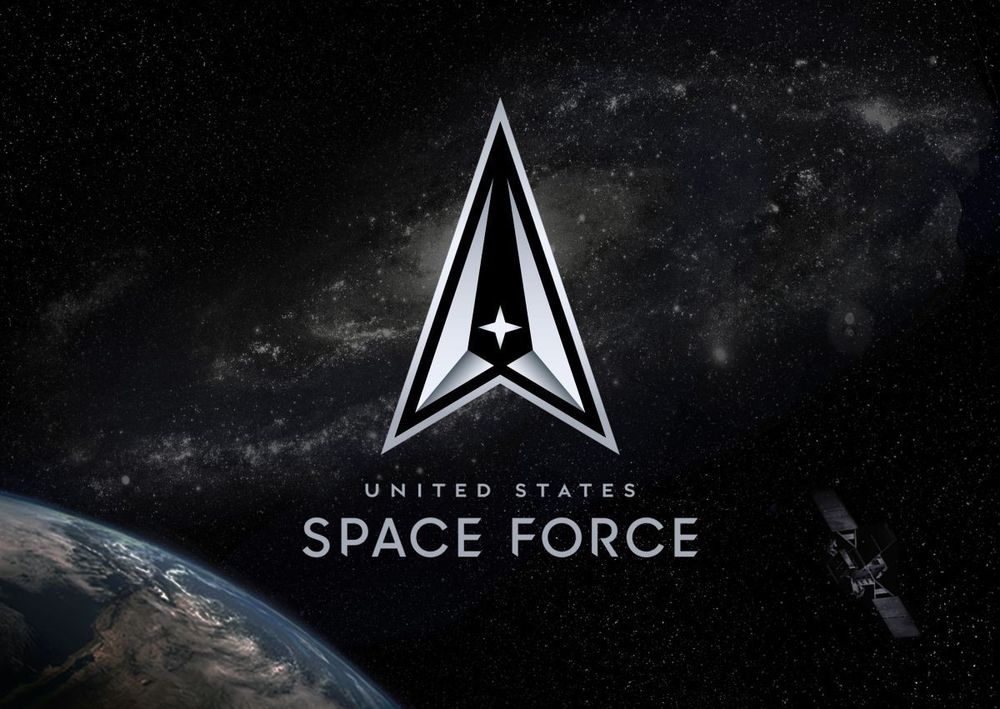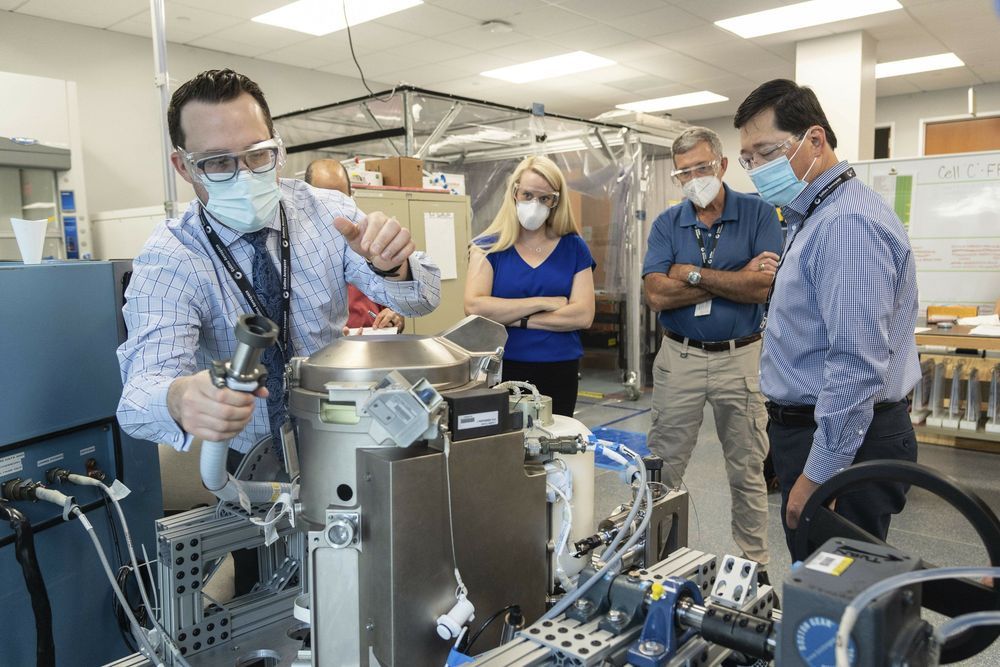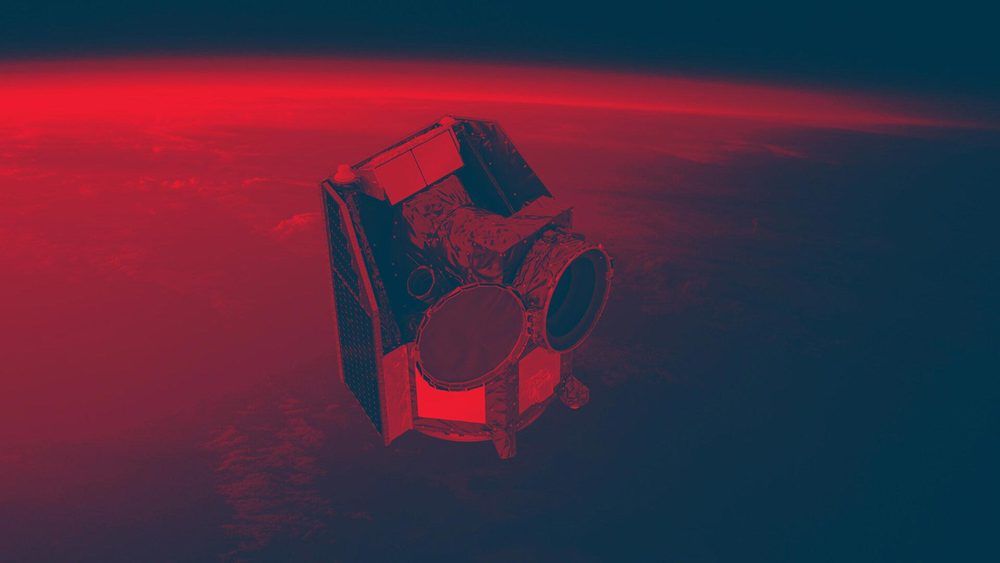Amazing new Mars panorama from Curiosity For 10 Years NASA Has Been Capturing Images of Mars and They Now Reveal the Planet’s Amazing Beauty.
Category: space – Page 763

Anti-Gravity Machine (Part One)
“What we have here is a potential space drive,” Laithwaite said. “Properly developed, this would take you to the outer universe on a spoonful of uranium.”
Definitely not Windows 95: What operating systems keep things running in space?
The updates don’t come every spring and fall, but space operating systems keep evolving.

Scientists Reveal First Direct Image of an Exoplanet Only 63 Light-Years Away
Most of the exoplanets we’ve confirmed to date have never actually been seen directly. We confirm their presence by indirect means, such as the effect they have on their host star. But now, astronomers have revealed images of an indirectly found exoplanet.
It’s not just an impressive feat of skills and technology. The combination of methods has given us a superb toolkit for measuring an exoplanet. For the first time, astronomers have measured both the brightness and the mass of an exoplanet — which has given us a new probe into how planets form.
The exoplanet is Beta Pictoris c (β Pic c), a gas giant orbiting the star — you guessed it — Beta Pictoris, just 63 light-years away. It’s a very young, very bright star, around 23 million years old; as such, it’s still surrounded by a lot of dusty debris, and its exoplanets — we’ve confirmed two to date — are just babies, around 18.5 million years old.


Potty training: NASA tests new $23M titanium space toilet
CAPE CANAVERAL, Fla. (AP) — NASA’s first new space potty in decades — a $23 million titanium toilet better suited for women — is getting a not-so-dry run at the International Space Station before eventually flying to the moon.
It’s packed inside a cargo ship that should have blasted off late Thursday from Wallops Island, Virginia. But the launch was aborted with just two minutes remaining in the countdown. Northrop Grumman said it would try again Friday night if engineers can figure out what went wrong.
Barely 100 pounds (45 kilograms) and just 28 inches (71 centimeters) tall, the new toilet is roughly half as big as the two Russian-built ones at the space station. It’s more camper-size to fit into the NASA Orion capsules that will carry astronauts to the moon in a few years.

Extreme Alien World Revealed by ESA’s Exoplanet Observer
ESA’s new exoplanet mission, Cheops, has found a nearby planetary system to contain one of the hottest and most extreme extra-solar planets known to date: WASP-189 b. The finding, the very first from the mission, demonstrates Cheops’ unique ability to shed light on the Universe around us by revealing the secrets of these alien worlds.
Launched in December 2019, Cheops (the Characterising Exoplanet Satellite) is designed to observe nearby stars known to host planets. By ultra-precisely measuring changes in the levels of light coming from these systems as the planets orbit their stars, Cheops can initially characterize these planets — and, in turn, increase our understanding of how they form and evolve.
The new finding concerns a so-called ‘ultra-hot Jupiter ’ named WASP-189 b. Hot Jupiters, as the name suggests, are giant gas planets a bit like Jupiter in our own Solar System; however, they orbit far, far closer to their host star, and so are heated to extreme temperatures.

A Rogue Earth-Mass Planet Has Been Discovered Freely Floating in the Milky Way Without a Star
There may be more rogue planets drifting through space in the Milky Way than there are actual stars. This is how they found one of them.
If a solar system is a family, then some planets leave home early. Whether they want to or not. Once they’ve left the gravitational embrace of their family, they’re pretty much destined to drift through interstellar space forever, unbound to any star.
Astronomers like to call these drifters “rogue planets,” and they’re getting better at finding them. A team of astronomers have found one of these drifting rogues that’s about the same mass as Mars or Earth.
Finding something in deep space that emits no light of its own is extremely challenging. But two organizations are doing just that. They’re the OGLE (Optical Gravitational Lensing Experiment) collaboration and the KMTN (Korean Microlensing Telescope Network) collaboration.
What’s Up: October 2020 Skywatching Tips from NASA
There’s a reason our Perseverance rover and other missions left Earth for Mars recently: the two planets are close together right now. For those of us still on the ground, this also means Mars will be gorgeous in the sky this month. See more at: http://go.nasa.gov/34hp376